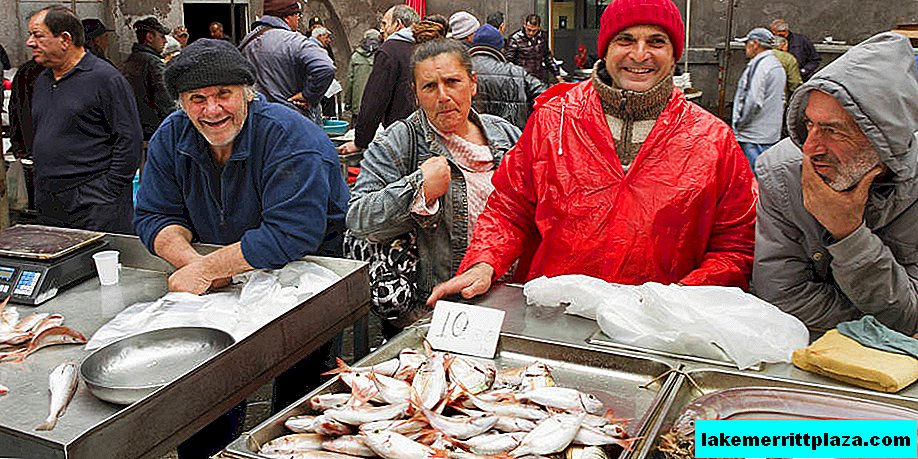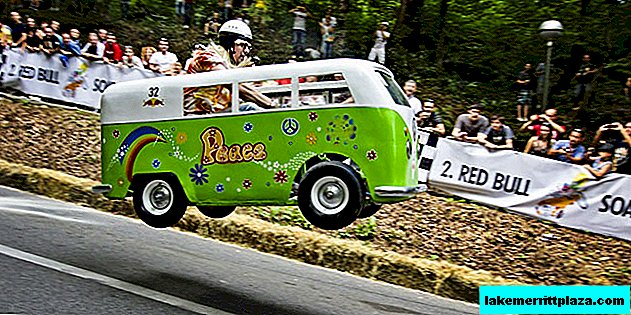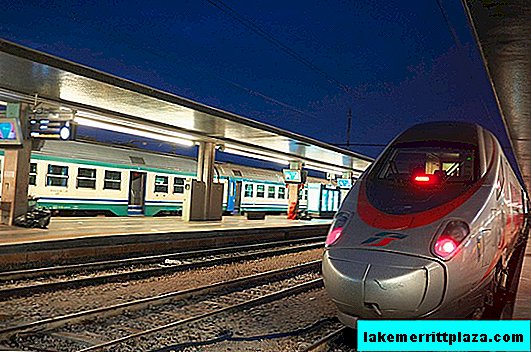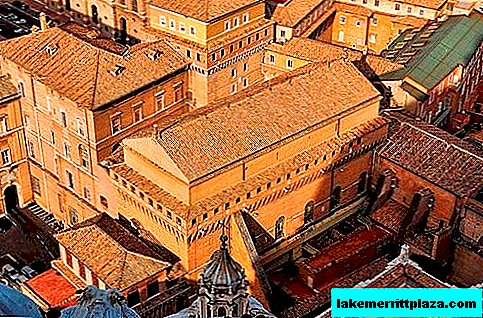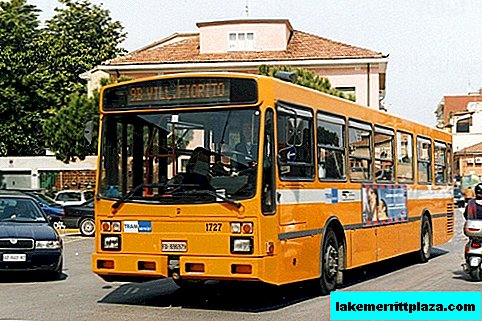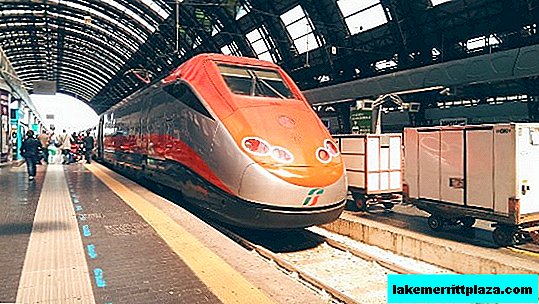Located in the town of Spoleto, the arch of Druze and Germanicus (Arco di Druso e Germanico) is an architectural monument from the time of the Roman Empire. The building that has survived to this day will soon celebrate its 2000th anniversary.
Story
During the Roman Empire, this arch was the entrance to the Forum, now in its place is Piazza del Mercato - the city market square. The inscription, which is still preserved on the arch, says that the structure was erected in the 23rd year of the 1st century AD.

They built an arch in honor of the sons of the emperor Tiberius: his own son Druz and the adoptive Germanicus. By the way, Germanicus was the father of the famous emperor Caligula, to whom power eventually passed from Tiberius. And Tiberius himself is mentioned in the Gospel of Luke, where he is called Tiberius Caesar. According to the Bible, it was during his reign that Jesus Christ was crucified.
Description
The arch of Druze and Germanicus consists of white blocks of travertine. Its height is 6 meters 10 centimeters. Width - 8 meters 30 centimeters. Once she had stucco decorations, but over time they were lost. One side of the arch in the Middle Ages became a part of the house built next to it. The other side rests on the remains of an ancient temple. The only antique column serves as a reminder of it.
Location
The ancient town of Spoleto, located 95 kilometers from Rome. You can find the arch in the southern part of the Piazza del Mercato.
- Address: Via Arco di Druso, 19. 06049 Spoleto PG
What to see nearby
Other ancient Roman monuments have been preserved in Spoleto:
- The theater, which was rebuilt in the church of St. Agatha. Now in this building is the National Archaeological Museum.
- Bloody bridge built in the 1st century. According to legend, Saint Pontian, who is considered the patron saint of Spoleto, was killed on it.
- Roman and even earlier fortifications. Their remains can be seen to this day.
- Roman house. Historians believe that it belonged to the mother of the emperor Vespasian.

